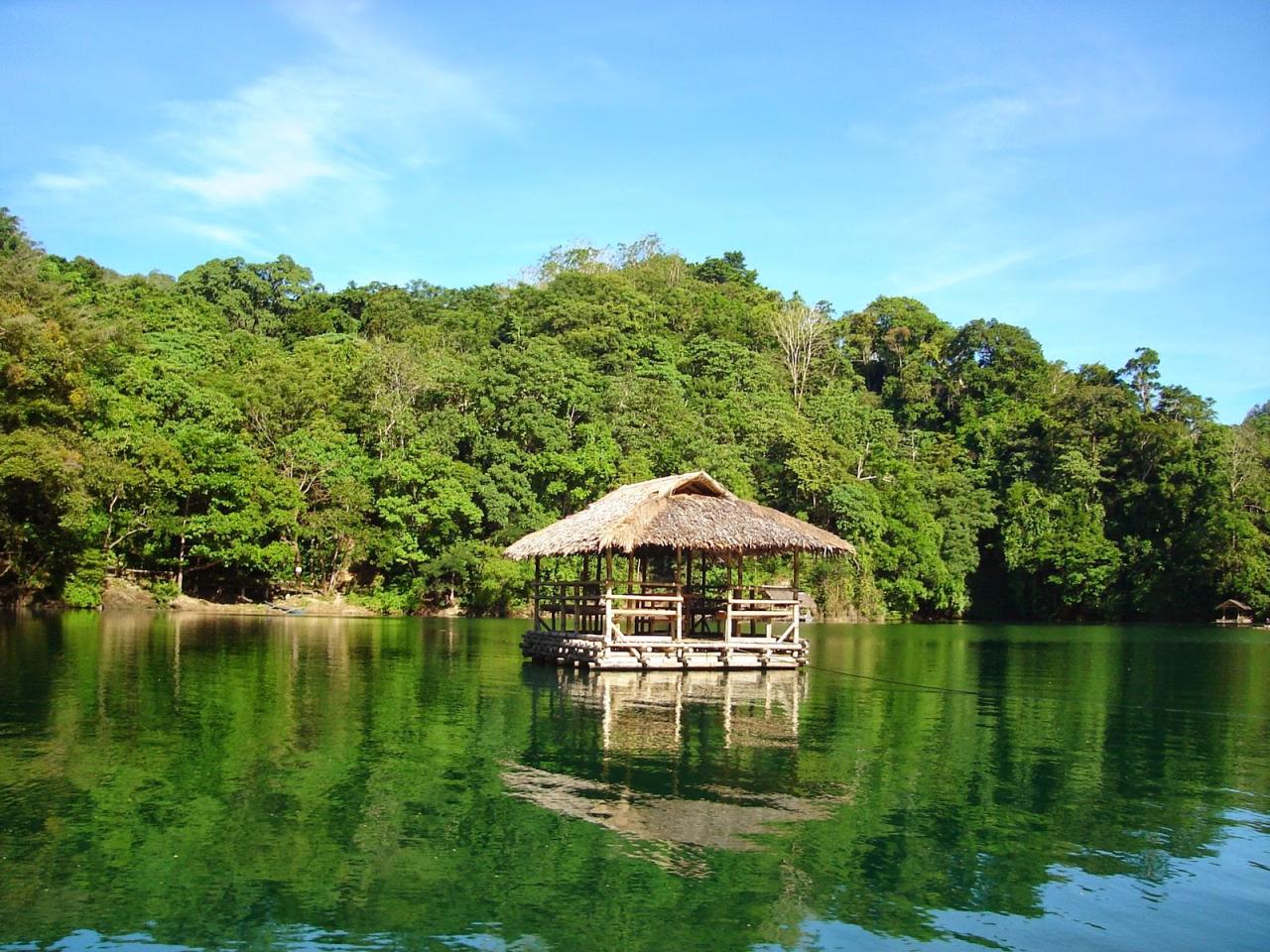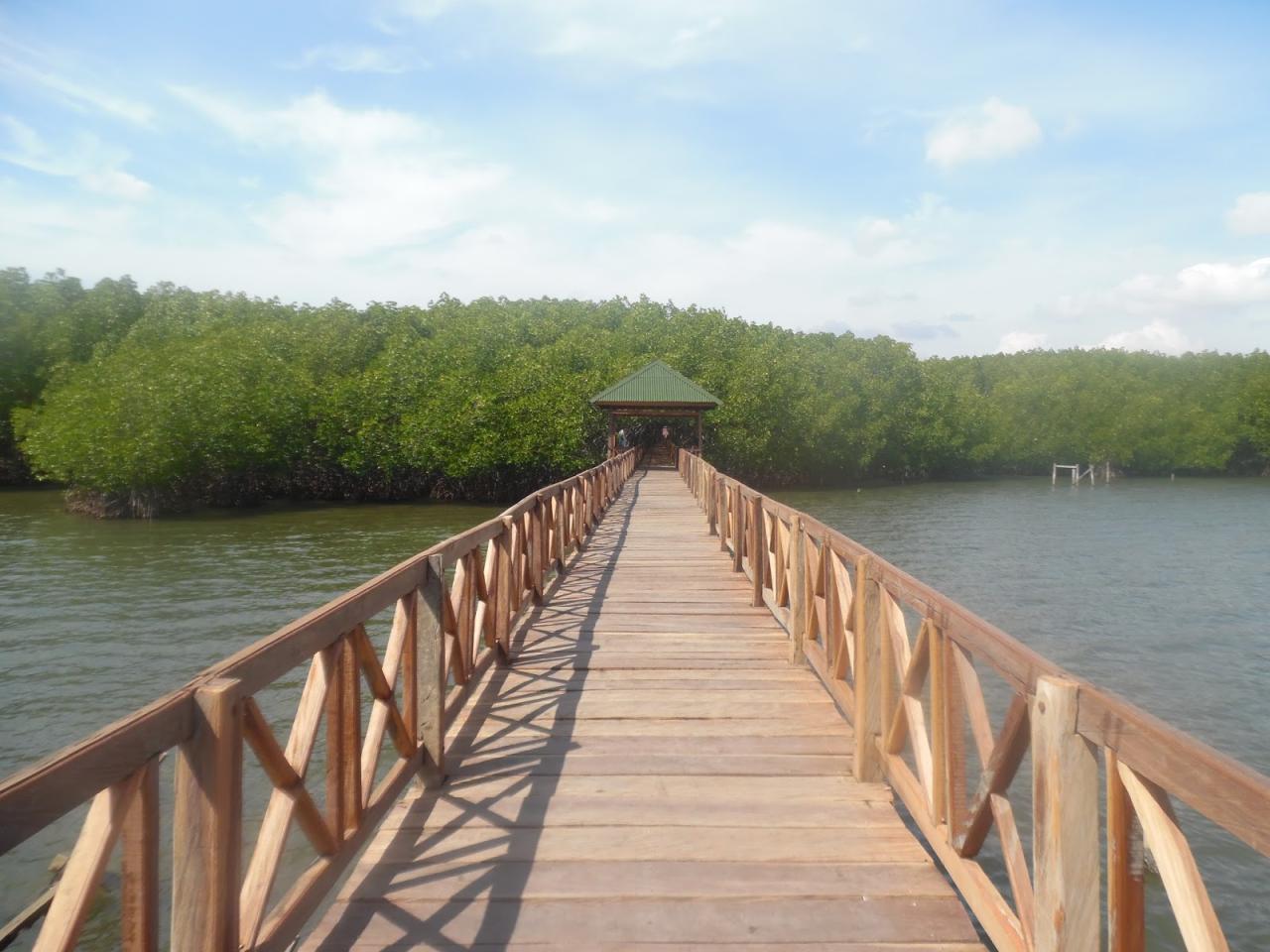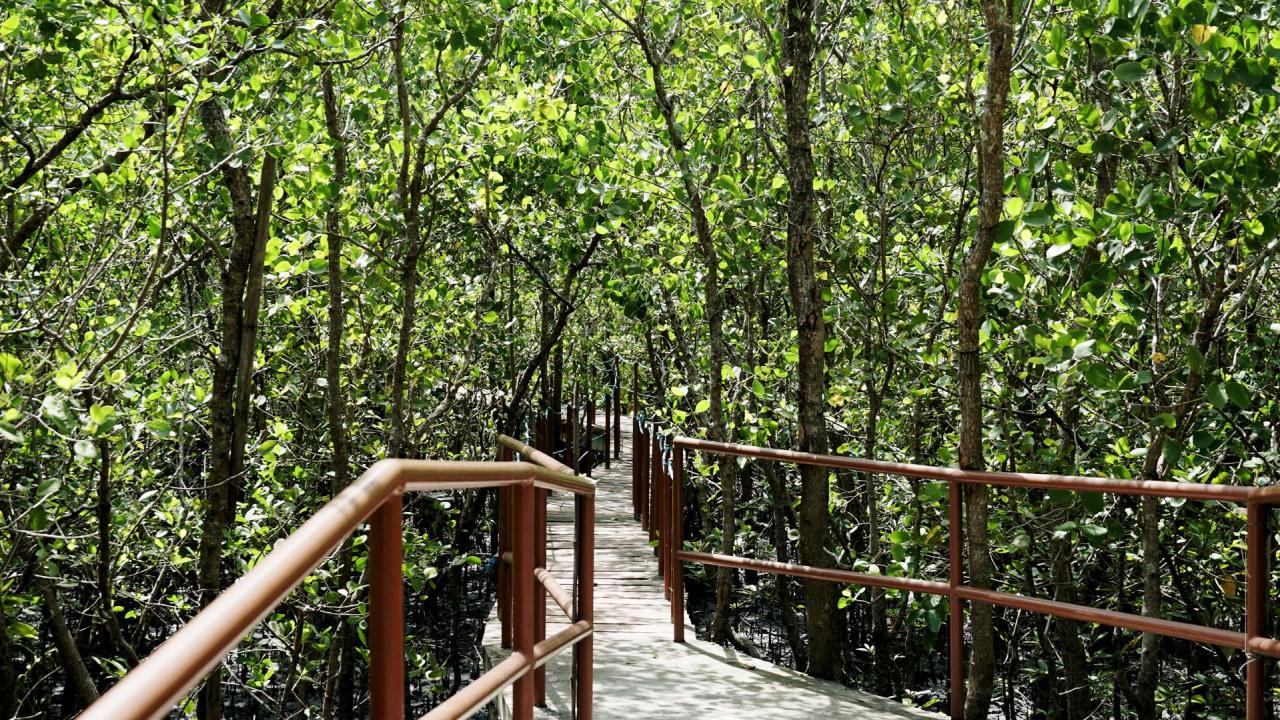Mangrove Ecosystem Services

Mangrove eco tourism – Mangroves provide an array of essential ecosystem services that benefit both coastal communities and the global environment. These remarkable forests play a crucial role in carbon sequestration and climate regulation, acting as natural carbon sinks that absorb and store vast amounts of carbon dioxide from the atmosphere.
Mangrove eco tourism is a sustainable way to explore the wonders of these unique ecosystems. In the garden of malasag , you’ll find a pristine mangrove forest that is home to a diverse array of plant and animal life. This is a great place to learn about the importance of mangroves and their role in the coastal ecosystem.
As you explore the garden, you’ll be able to see firsthand how mangroves provide food and shelter for a variety of creatures, including fish, birds, and reptiles. Mangrove eco tourism is a great way to connect with nature and learn about the importance of these valuable ecosystems.
Carbon Sequestration and Climate Regulation
- Mangrove forests are highly efficient at capturing and storing carbon through photosynthesis. They accumulate carbon in their biomass, soil, and sediments, effectively reducing atmospheric carbon dioxide levels.
- The carbon stored in mangroves is estimated to be equivalent to approximately 50% of the global carbon stored in all other forests combined.
- By absorbing carbon dioxide and releasing oxygen, mangroves contribute to the regulation of Earth’s climate, mitigating the effects of greenhouse gas emissions.
Coastal Protection
- Mangroves act as natural barriers that protect coastlines from erosion and storm surges. Their dense root systems bind the soil, preventing erosion and stabilizing the shoreline.
- The intricate network of mangrove roots dissipates wave energy, reducing the impact of storms and preventing damage to coastal infrastructure.
- Mangroves also trap sediment, helping to maintain beaches and coastal ecosystems.
Biodiversity and Wildlife Habitats
- Mangroves are renowned for their rich biodiversity, supporting a diverse array of marine and terrestrial species.
- The intricate root systems of mangroves provide shelter and breeding grounds for fish, shellfish, and other aquatic organisms.
- Mangroves also serve as important nesting and roosting sites for migratory birds and other wildlife.
Mangrove-Based Tourism: Mangrove Eco Tourism

Mangrove forests offer a unique opportunity for sustainable ecotourism that benefits both local communities and the environment. Mangrove ecotourism activities allow visitors to experience the beauty and biodiversity of these ecosystems while promoting their conservation.
Types of Mangrove Ecotourism Activities
There are several types of mangrove ecotourism activities, each offering a different way to explore and appreciate these ecosystems:
- Kayaking:Kayaking through mangrove forests provides an intimate way to observe the diverse flora and fauna. Visitors can paddle through narrow channels, navigate around mangrove roots, and spot wildlife such as birds, fish, and crabs.
- Birdwatching:Mangroves are home to a wide variety of bird species, making them a popular destination for birdwatchers. Visitors can take guided tours or set up observation points to spot migratory birds, shorebirds, and other species that inhabit the mangroves.
- Guided Tours:Guided tours led by local experts provide visitors with an in-depth understanding of the mangrove ecosystem. Guides can explain the ecological importance of mangroves, point out interesting species, and share stories about the local culture and traditions.
Benefits of Mangrove Ecotourism
Mangrove ecotourism offers numerous benefits for local communities and economies:
- Economic Development:Ecotourism can generate income for local communities through tourism-related businesses such as boat tours, guided tours, and souvenir sales.
- Job Creation:Ecotourism creates jobs in various sectors, including tourism, hospitality, and conservation.
- Education and Awareness:Ecotourism activities can educate visitors about the importance of mangroves and promote their conservation.
- Community Empowerment:Ecotourism can empower local communities by giving them a voice in the management and conservation of their natural resources.
Best Practices for Sustainable Mangrove Tourism
To ensure that mangrove ecotourism is sustainable and minimizes environmental impact, it is important to follow best practices:
- Use Sustainable Practices:Tour operators should use sustainable practices, such as using non-polluting boats, minimizing noise and waste, and avoiding disturbing wildlife.
- Educate Visitors:Tour operators should educate visitors about the importance of mangroves and the need to protect them.
- Limit Visitor Numbers:Limiting the number of visitors in mangrove areas can help prevent overcrowding and damage to the ecosystem.
- Collaborate with Local Communities:Tour operators should collaborate with local communities to ensure that ecotourism benefits the community and supports conservation efforts.
Community Engagement and Conservation

The active involvement of local communities is crucial for the effective conservation and sustainable management of mangrove ecosystems. Community-based initiatives foster a sense of ownership and empower local people to protect their natural resources.
One successful example is the Mikoko Pamoja project in Kenya, where local communities have established mangrove nurseries and reforestation programs. This initiative has not only restored degraded mangrove habitats but also created employment opportunities and improved livelihoods for the community.
Local Knowledge and Participation
Local communities possess invaluable knowledge and understanding of their local mangrove ecosystems. Their traditional practices and observations can contribute significantly to mangrove management and conservation efforts. By incorporating local knowledge into decision-making processes, policymakers can develop more effective and culturally appropriate strategies.
Balancing Tourism and Conservation, Mangrove eco tourism
Tourism can provide economic benefits to local communities and raise awareness about the importance of mangroves. However, it is essential to balance tourism development with conservation efforts to avoid negative impacts on these delicate ecosystems.
- Sustainable Tourism Practices:Implement regulations and guidelines for tourism activities to minimize disturbance to mangroves, such as limiting boat traffic, establishing designated visitor areas, and promoting responsible waste management.
- Community Involvement:Engage local communities in tourism planning and operation to ensure their needs and concerns are considered. This can create economic opportunities while fostering a sense of stewardship among community members.
- Education and Awareness:Educate tourists and visitors about the ecological importance and vulnerability of mangroves. Encourage responsible behavior and promote conservation efforts through guided tours and educational materials.
The tangled roots of mangrove trees entwine, creating a labyrinth of life teeming with marine wonders. Their ecosystems nurture biodiversity and provide vital protection from storms. Mangrove eco-tourism offers a glimpse into this vibrant tapestry, while eco cultural tourism examples demonstrate how communities harmoniously coexist with their natural surroundings, preserving cultural heritage while embracing sustainable practices.